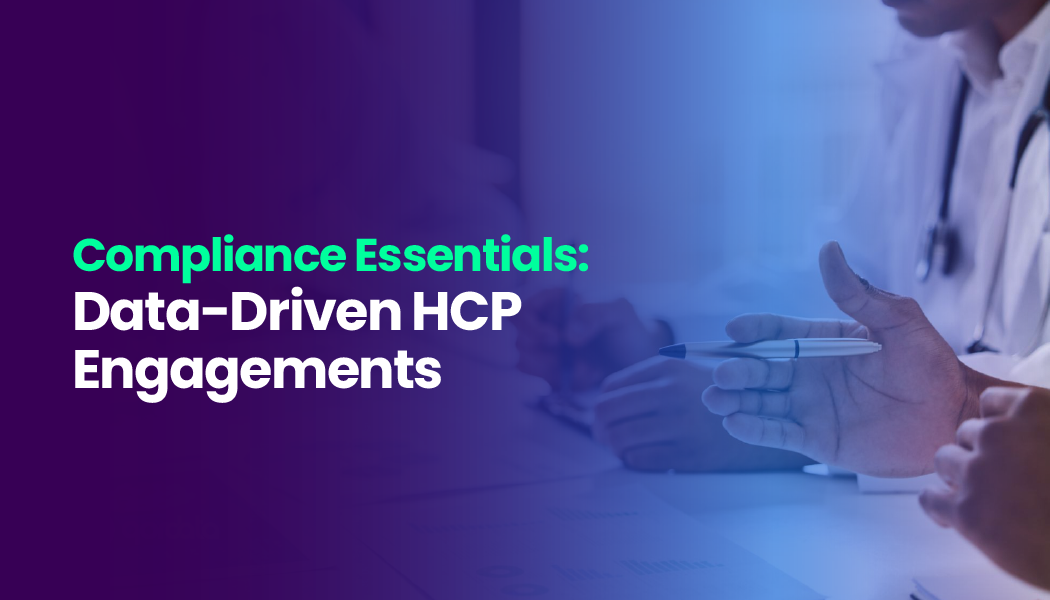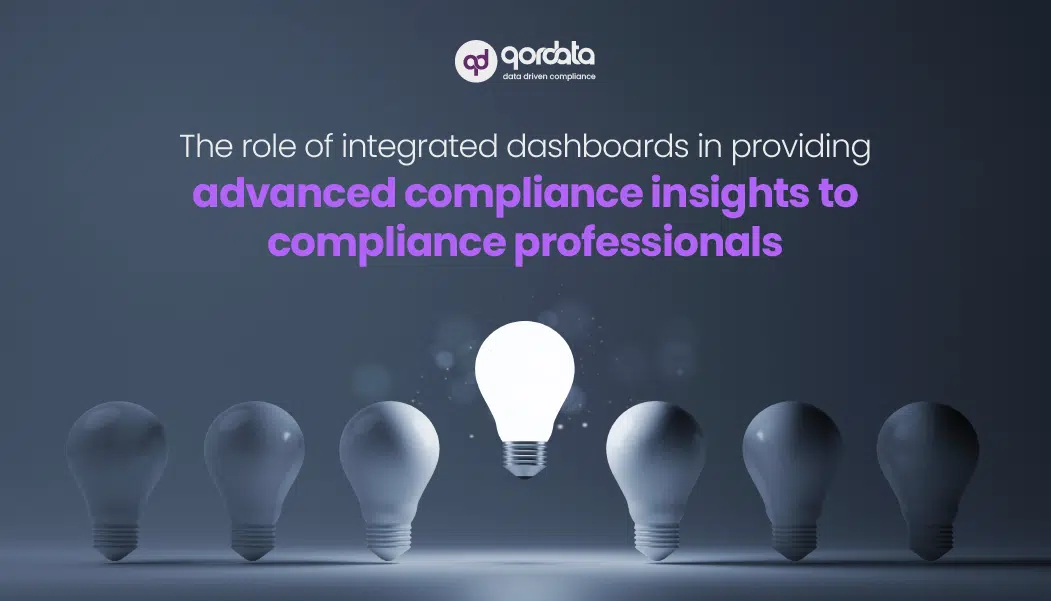Compliance monitoring is a critical aspect of the life sciences industry that enables companies to determine whether they’re efficiently and effectively adhering to relevant laws, regulations, and guidelines the government provides.
With heightened scrutiny and expectations of the government, data-driven compliance monitoring has become imperative for safeguarding life sciences companies from business-critical risks.
But there’s more to data-driven compliance monitoring than meets the eye.
The strategic benefit that comes intact with data-driven compliance monitoring, often neglected by compliance professionals, is that it allows compliance professionals to continuously monitor and analyze an organization’s approach to compliance to assure the maximization of the effectiveness of compliance operations by identifying entrenched challenges, loopholes, and gaps within compliance.
In a nutshell, violations of regulations become easier to identify and remediate through compliance monitoring.
Today, we will discuss the importance of compliance monitoring, learn what is at stake and the government’s expectations, and understand what it takes to ensure effective compliance monitoring.
The Undeniable Importance of Compliance Monitoring
Companies in the life sciences, pharmaceutical, biotechnology, and drug and device manufacturing sectors are subject to a complex web of regulations from various government agencies, i.e., the U.S Department of Justice (DOJ), Office of Inspector General (OIG), and the best possible way to assure that an organization is complying with the regulations is through data-driven monitoring.
A compliance officer or other appropriate bodies (e.g., a corporate compliance committee) must develop, operate and monitor compliance programs and report directly to the board of directors, president, or CEO.
Moreover, coordination and communication with appropriate individuals or business units are vital functions of a compliance officer that allows them to plan, implement, improve, determine effectiveness, or monitor a compliance program.
Next comes the use of internal controls to efficiently monitor adherence to applicable statutes, regulations, and program requirements. In recent years the regulators have emphasized monitoring compliance programs,
So why is monitoring compliance a critical priority?
Monitoring compliance is a critical priority because it can help you identify risks early on before the government does.
Where compliance failure can result in severe consequences, such as regulatory fines, legal liabilities, reputational damage, and even product recalls or business shutdowns, data-driven compliance monitoring can help businesses to avoid such devastating outcomes underscoring the criticality of compliance monitoring yet again.
What’s at Stake
Here is what’s at stake in the fewest possible words.
Regulatory fines for compliance violations can range from hundreds of thousands of dollars to millions or even billions, depending on the nature and severity of the violation.
Such fines can substantially impact a company’s bottom line, leading to financial losses, decreased profitability, potential damage to shareholder value, and, eventually, business shutdowns.
Reputational damage resulting from compliance failures can also be detrimental, eroding trust among customers, investors, partners, and other stakeholders.
This probability alone can reap long-term consequences, including loss of market share, decreased revenue, and challenges in exploring and capitalizing on new or existing business opportunities.
The Government Expectations
Regulatory authorities have specific expectations from life sciences companies regarding compliance monitoring. Going through some of the essential pointers highlighted by the government in recent years, it will become easier for us to determine what’s expected:
The government expects life sciences companies to foster a culture of compliance throughout the organization from the top down. This includes establishing clear policies, procedures, and guidelines, providing comprehensive training to employees, and promoting accountability, transparency, and integrity.
Maintaining accurate and complete records to demonstrate compliance is another critical priority the government highlights.
Proactively identify and mitigate compliance risks through comprehensive risk assessments and audits and leveraging other evaluation techniques to take corrective actions in problem areas.
Robust monitoring and surveillance mechanisms should be in place to detect and prevent compliance breaches. This may include using a data-driven compliance platform and other viable mediums to monitor compliance and take necessary corrective measures.
Collaborate and communicate effectively with the government while ensuring accurate reporting of compliance-related information, responding to inquiries, and addressing any identified compliance issues promptly and appropriately.
Focus Items to Ensure Effective Compliance Monitoring
A few key focus items that play a critical role in assuring proactive and effective compliance monitoring are mentioned below:
Establish a comprehensive compliance program that includes policies, procedures, and guidelines that align with applicable laws, regulations, and industry standards.
The compliance program should be regularly reviewed and updated to ensure it remains up-to-date and effectively address evolving compliance challenges.
Building a culture of compliance throughout the organization by emphasizing the importance of compliance, providing regular training to employees at all levels, and setting clear expectations for compliance with company policies and procedures.
Evaluating potential risks associated with various aspects of the business, such as research and development, manufacturing, distribution, sales, marketing, and interactions with healthcare professionals (HCPs).
Utilizing automated and data-driven compliance platforms to monitor, detect and prevent potential compliance breaches and identify patterns or anomalies that may indicate compliance issues and areas of improvement.
Establish a system for employees to report potential misconduct or violations while ensuring confidentiality and protection from retaliation.
Conduct thorough investigations to determine the root causes of compliance risks and take necessary corrective actions.
Compliance monitoring is a regulatory requirement and a critical business function that safeguards Life Sciences companies from severe outcomes, courtesy of the government.
It takes a high-level understanding of what the government asks from Life Sciences. The comprehensive understanding enables compliance professionals to build and implement effective compliance monitoring strategies, including utilizing data-driven solutions to mitigate risks in all areas of a Life Sciences company.
However, once you piece it all together and deploy a data-driven compliance monitoring process, it quickly allows your organization to remain nimble and content while navigating complex regulatory requirements, reducing and mitigating risks, and sustaining long-term success in the industry while assuring compliant business growth.
Schedule a meeting today and find out how qordata has enabled Life Sciences companies to achieve evolving and effective compliance monitoring over the years.
Other Relevant Reads:



